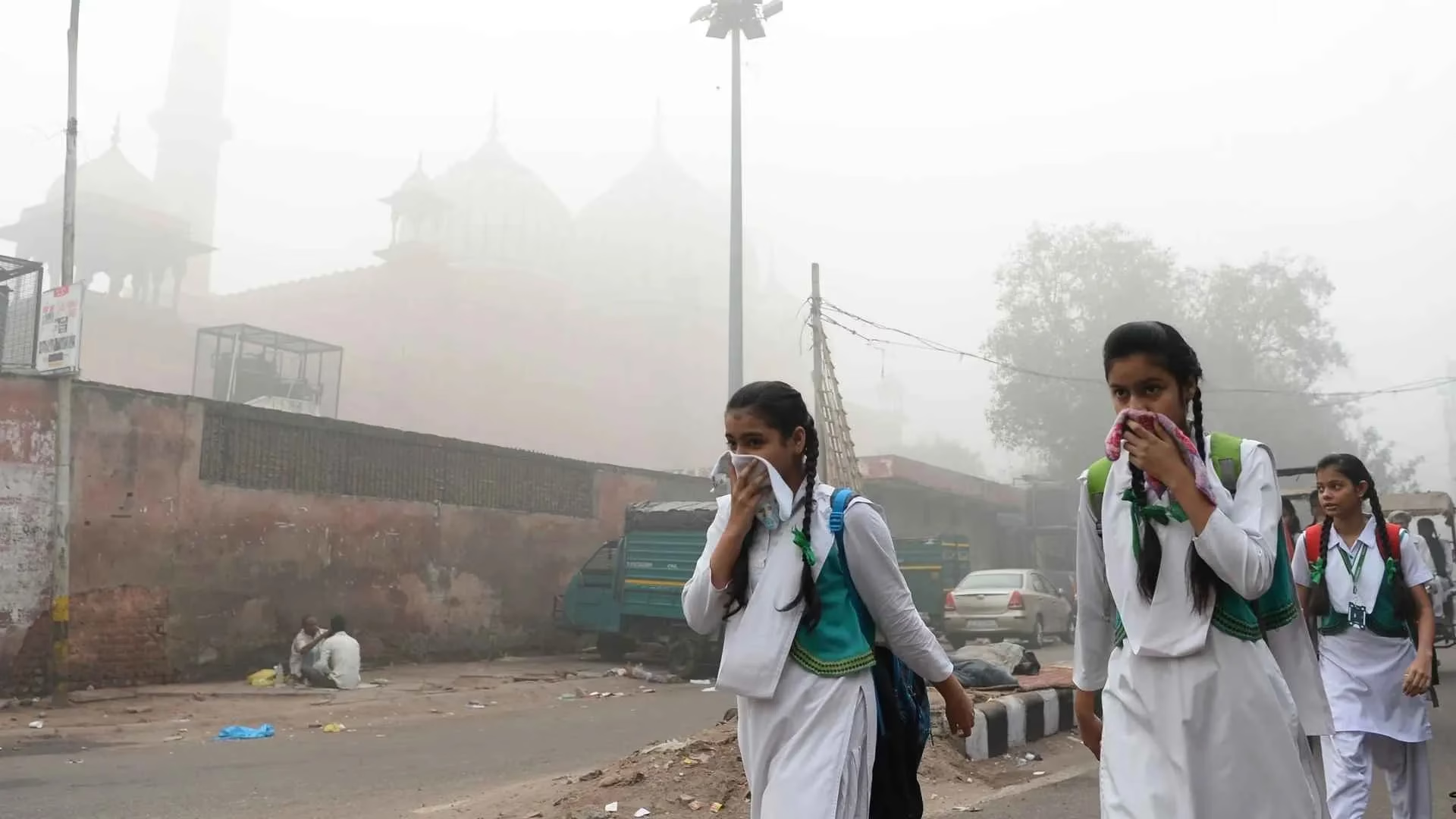Two-year-old Sumaiya Ansari from Byrnihat, a town now ranked as the world’s most polluted metropolitan area by Swiss organization IQAir, struggled with breathing difficulties for several days before being hospitalized in March. She was placed on oxygen support due to her worsening condition.
Sumaiya is one of many residents in this industrial town, located on the border of India’s northeastern states of Assam and Meghalaya—regions otherwise celebrated for their lush greenery—who are suffering from pollution-linked health issues. Local doctors say a surge in such illnesses is likely tied to prolonged exposure to hazardous air.
In 2024, Byrnihat recorded an average PM2.5 concentration of 128.2 micrograms per cubic meter—more than 25 times higher than the World Health Organization’s recommended safe limit. PM2.5 are fine particles that, when inhaled, can deeply penetrate the lungs, leading to life-threatening respiratory and cardiac conditions.
Sumaiya’s father, Abdul Halim, described the frightening experience: “It was very scary, she was breathing like a fish.” After two days in the hospital, he brought her home.
Government figures show respiratory infections in the region have surged, from 2,082 cases in 2022 to 3,681 in 2024. According to Dr. J. Marak of the Byrnihat Primary Healthcare Centre, “Ninety percent of the patients we see daily come either with a cough or other respiratory issues.”
Residents also report other health problems like skin rashes and eye irritation. The thick pollution even affects daily life, damaging crops and making it difficult to dry clothes outdoors. “Everything is covered with dust or soot,” said local farmer Dildar Hussain.
Byrnihat’s environmental crisis is seen as part of a broader pattern of pollution engulfing not only major Indian cities like Delhi but increasingly smaller towns as rapid industrialization outpaces environmental protections. However, unlike areas where pollution spikes in winter, Byrnihat suffers from persistently poor air quality year-round, according to official data.
With around 80 industries operating in the area—many of them major polluters—the situation is worsened by emissions from heavy vehicles and the town’s geographical features. Byrnihat’s “bowl-shaped” location, enclosed between Meghalaya’s hills and Assam’s plains, traps pollutants with little room for dispersion, explained Arup Kumar Misra, chairman of Assam’s Pollution Control Board.
Efforts to tackle the crisis have been stalled by bureaucratic finger-pointing between the two states. However, following IQAir’s alarming report in March, Assam and Meghalaya have agreed to establish a joint committee to address Byrnihat’s pollution crisis collaboratively.



